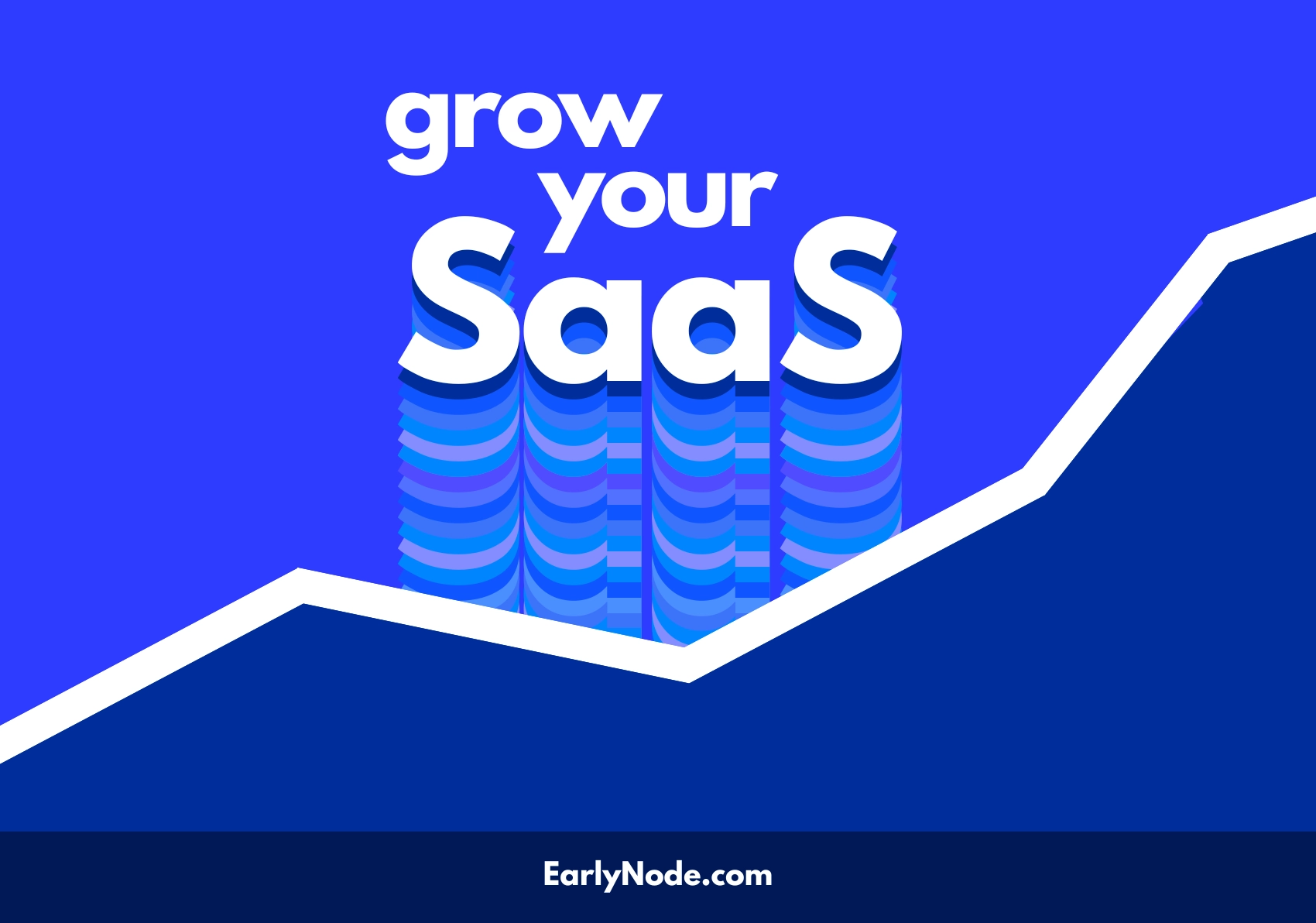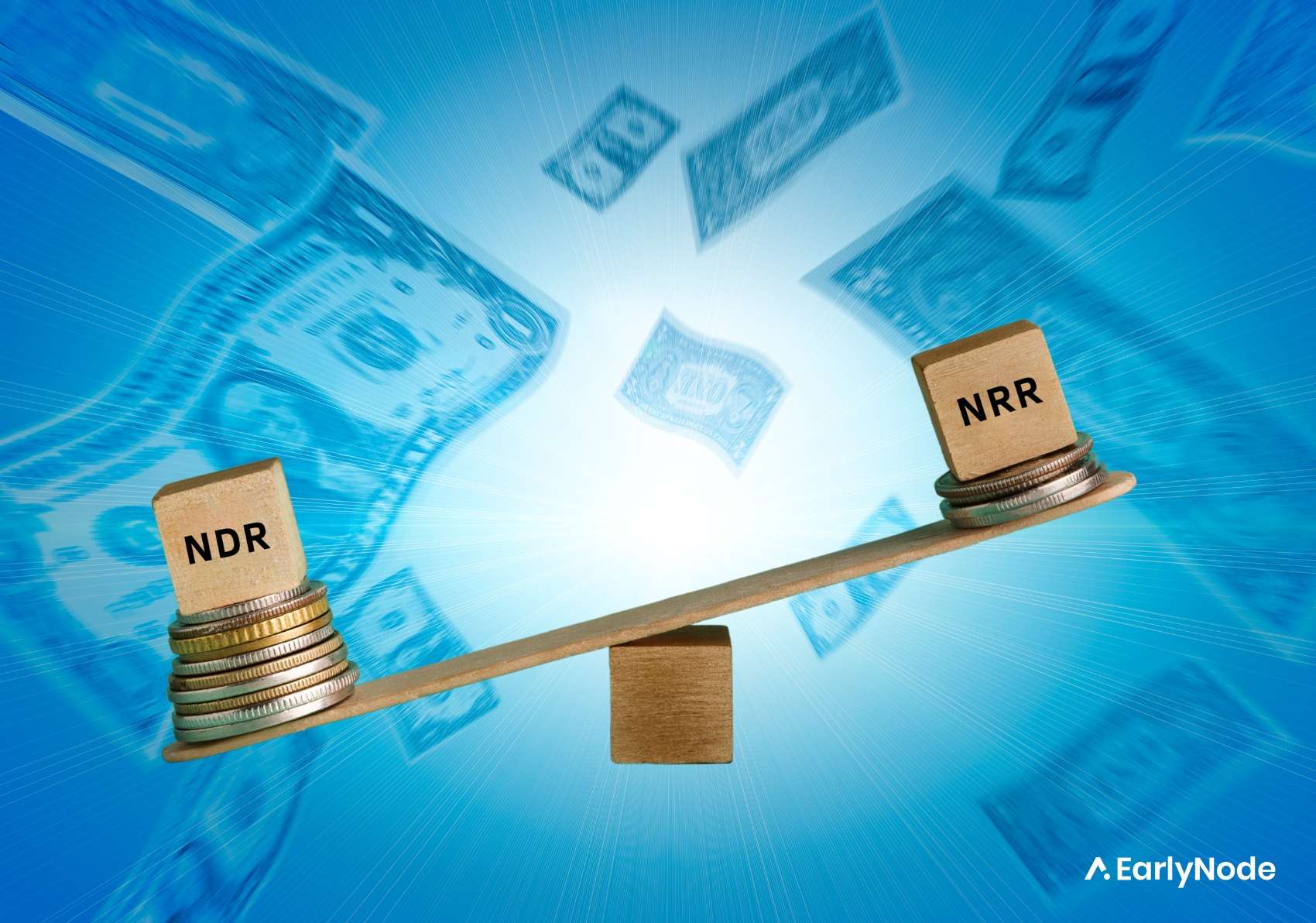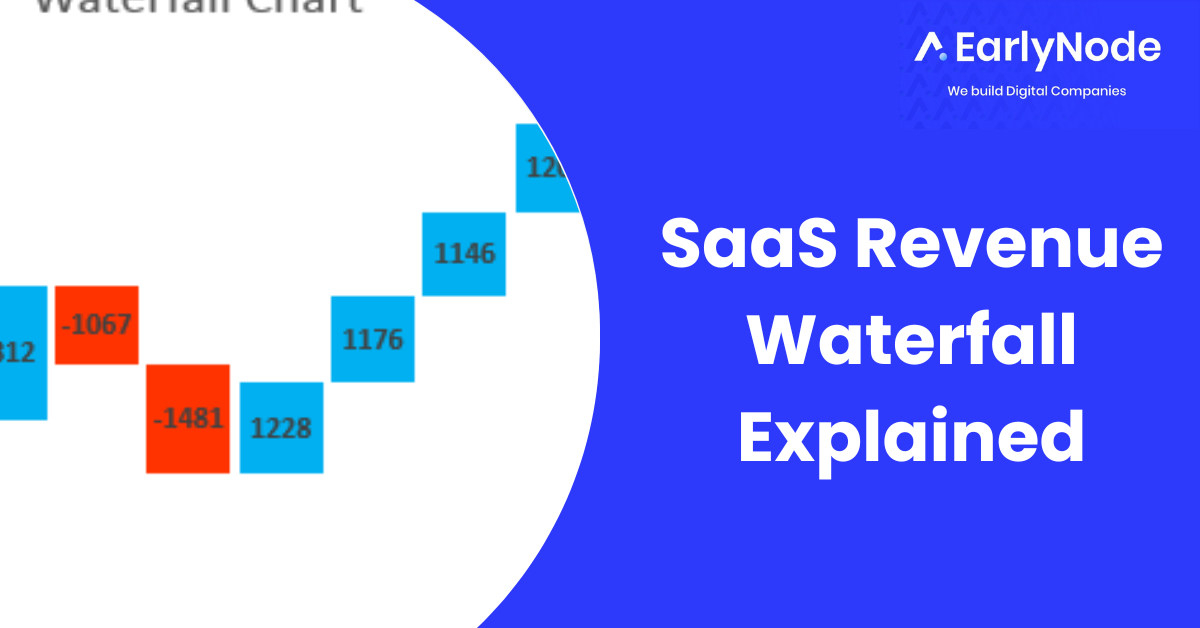Price Leadership: What it is and how it affects your SaaS business

Have you noticed how most smartphone companies price their flagship phones closer to Apple’s? It’s because Apple has dominated the smartphone market. They’re the price leaders – the lions in the territory. In price leadership, a company uses its large market share and authority to dictate the prices of products and services in its market.
In this blog post, we will explain price leadership and how you can use it to grow your SaaS business.
What is Price Leadership?
Price leadership is when a company uses its large market share and authority to influence the prices of products and services in its market. In effect, whatever the price leader says almost always goes.
Price leadership is common in some SaaS industries. Take MailChimp, for example. According to Datanyze, MailChimp controls a whopping 68.4% of the email marketing software market share with more than 1 million clients! Their closest competitor, Klaviyo, has roughly an 8% share. If you compare their pricing models, you’ll see that Klaviyo’s pricing is similar to MailChimp’s.
Types of price leadership:
There are three known types:
- Collusive
- Barometric
- Dominant
Collusive
When you realize you’re not the market leader in your industry, this is where you gang up with several other companies to set prices. Companies in a particular sector use their collective influence, Power Rangers style, to set prices for the entire market to fight the market giant.
Barometric
In this model, the leader can predict potential changes in the market faster than their rivals and takes the lead in changing prices before everyone else. The trick is to get their competitors to think they’re losing out and follow their lead in adjusting their prices.
This type of price leadership isn’t too reliable because it depends on how good the company’s forecasting game is. And as we’ve seen with weather forecasters, the prediction isn’t always accurate. So it only lasts until the prediction fails.
Dominant
This is the most common. In this model, there’s a dominant market player. They use their influence over the market to increase or decrease prices. Because of their reputation and dominance, it’s hard to stay competitive without adjusting your pricing model closer to theirs.
If you’re the price leader, this can be a powerful tool to grow your business. But if you abuse this strategy by using predatory pricing to drive competitors out of business, you could land in trouble.
How Price Leadership Affects your SaaS business
Being the price leader means you have the liberty to raise prices and expect your competitors to follow suit while you smile to the bank! But if you find yourself in a dominant price leadership driving down prices, that’s gonna suck. Your hands are tied about your pricing because you need to favor your customers or risk driving them away to your already dominant rival. It’ll mean less revenue.
How to deal with Price leadership
Use psychographic segmentation
You can use psychographic segmentation to target specific groups of people with your pricing (e.g., people who are willing to pay more for a premium product). This will allow you to increase your profits or maintain them by charging different prices to different groups of people. This has been part of Samsung’s strategy and why they release many phones each year to target other customers.
Employ the Barometric strategy
You have to be smart with your calculations to get your predictions as accurate as possible. You can use price signals to influence customer behavior. For example, if you want customers to buy more of your product, you can lower the price signal for that product. This will encourage customers to purchase more of that product and hopefully get your rivals to do the same.
Conclusion
Price leadership is a powerful strategy that affects SaaS companies’ market revenue. You can gain market share and increase profits using psychographic segmentation to target specific groups of people with your pricing. Additionally, you can use the barometric approach or even collude with other related companies in your niche to use price leadership to your advantage.




